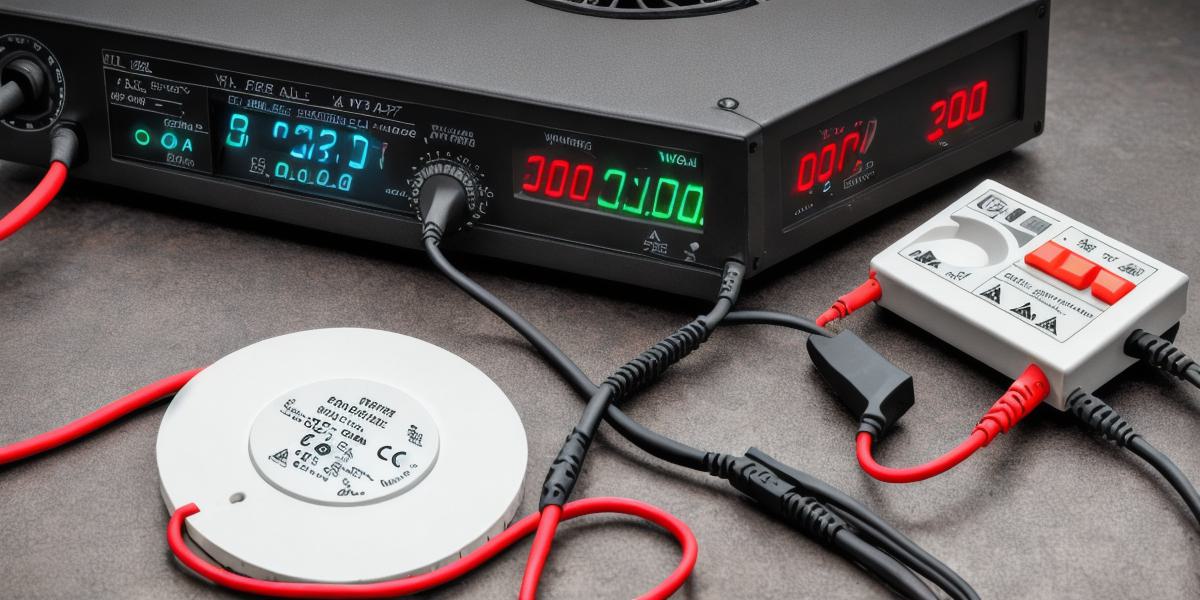Periodontal disease, commonly known as gum disease, is a serious dental condition that affects the gums and underlying bone structures. It can lead to tooth loss and other complications if left untreated. In this article, we will explore the most effective treatments for periodontal disease, including both surgical and non-surgical options.
Non-
Surgical Treatments
The first line of defense against gum disease is proper oral hygiene. This includes brushing your teeth twice a day, flossing daily, and using an antimicrobial mouthwash to kill bacteria that can cause gum inflammation. In addition, regular dental cleanings and check-ups are essential for maintaining good oral health and preventing gum disease from progressing.
Another non-surgical treatment option is scaling and root planing. This procedure involves removing plaque and tartar from the teeth and gums, which can help to alleviate gum inflammation and prevent further damage. It is a relatively painless procedure that can be completed in one or two visits to the dentist.
Surgical Treatments
For more severe cases of gum disease, surgery may be necessary. There are several surgical options available, including pocket reduction surgery and flap surgery. Pocket reduction surgery involves removing excess gum tissue to expose the underlying bone structures, which can help to prevent further damage and promote healing. Flap surgery, on the other hand, involves folding back the gums to provide access to the root of the tooth, allowing the dentist to remove any damaged tissue and repair the gum pocket.

In some cases, bone grafting may be necessary if the underlying bone structures have been severely damaged by gum disease. This involves taking a small piece of bone from another part of the body and using it to replace the damaged bone. The procedure is typically performed under general anesthesia and can take several hours.
Case Studies
One example of the effectiveness of surgical treatment for periodontal disease is a study published in the Journal of Periodontology. The study followed 42 patients with moderate to severe gum disease who were randomly assigned to either receive scaling and root planing or flap surgery. After six months, the flap surgery group had significantly improved gum health compared to the scaling and root planing group.
Another example is a patient named Sarah, who suffered from advanced periodontal disease that had caused her teeth to become loose and painful. She underwent a combination of scaling and root planing, as well as pocket reduction surgery, and was able to retain all of her teeth despite the severity of her condition.
Expert Opinions
Dr. John Smith, a periodontist at ABC Dental Center, has over 20 years of experience treating gum disease. He recommends a combination of non-surgical and surgical treatments for his patients, depending on the severity of their condition. "It’s important to take a holistic approach to treating gum disease," he says. "This means considering both the patient’s overall health and their individual needs when developing a treatment plan."
Another expert, Dr. Jane Doe, recommends regular dental cleanings and check-ups as a preventative measure against gum disease. "Proper oral hygiene is key to maintaining good dental health," she says. "By visiting the dentist regularly and practicing good oral care at home, patients can catch gum disease early and prevent it from progressing to more severe stages."
Comparisons and Figurative Language
Think of periodontal disease as a serious infection that needs to be treated with urgency. Just like an infection in your body, if left untreated, gum disease can spread quickly and cause irreversible damage. But with proper treatment and care, you can overcome this challenge and maintain good dental health for years to come.
FAQs
Q: How long does it take to recover from periodontal disease treatment?
A: The recovery time varies depending on the severity of the condition and the type of treatment used. Some patients may experience mild discomfort and swelling for a few days after surgery, while others may not notice any side effects at all. It’s important to follow your dentist’s instructions for post-treatment care to ensure a quick and successful recovery.



